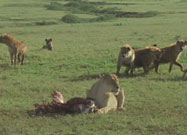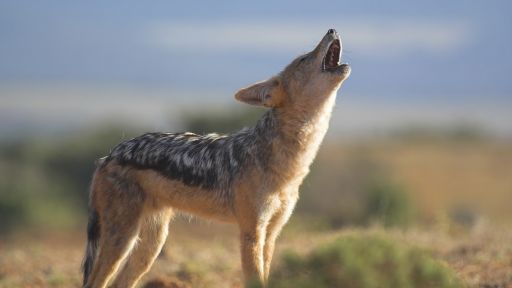Tanzania’s Ngorongoro Crater — the scenic location of NATURE’s Jackals of the African Crater — is one of the world’s most famous wildlife preserves. The ancient, thousand-foot deep remains of a long extinct volcano supports thousands of grazing animals, along with the lions, cheetahs, and jackals who feed on them. And a soda-rich lake in the middle of the 100-square-mile crater attracts massive flocks of birds, from elegant long-necked flamingos to busy swarming finches. Careful observers can even find rare rhinos in the preserve’s bushy backcountry.
Ngorongoro’s rich animal life has long made it a magnet for researchers and wildlife filmmakers. Indeed, some say it is one of the most studied and photographed places on earth. But there is still much to learn and see, say researchers. Many of the crater’s hundreds of species of birds, for instance, have never been studied. And, the scientists add, the growing number of tourists attracted to the crater makes studies of how the animals are responding to the visitors essential.
The attraction to Ngoronogoro is understandable. From one of the lodges perched atop the crater’s rim, for instance, the views are remarkable. And the opportunities to get close to wildlife, such as jackals, are extraordinary. But researchers worry that, without care, visitors could one day harm the very animals they come to see.










